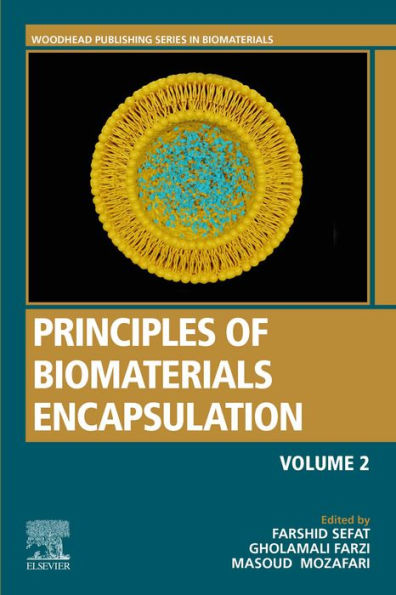Principles of Biomaterials Encapsulation: Volume Two provides an expansive and in-depth resource covering the key principles, biomaterials, techniques and applications of encapsulation in translational medicine. The book details the various biomaterials available for encapsulation, including polymers, natural and synthetic biomaterials, porous materials, and more. The advantages and disadvantages of conventional and contemporary biomaterials for encapsulations are reviewed, along with advice on the most effective materials for both shell and core. The final part of the book describes a broad range of applications in regenerative medicine, uniquely bringing encapsulation into the worlds of translational medicine and tissue engineering.
This book enables readers to learn about the pros and cons of different biomaterials for encapsulation, as well as how they can be utilized in many bodily systems and tissues, such as the respiratory, digestive, endocrine and cardiovascular systems. Written and edited by well-versed materials scientists with extensive clinical, biomedical and regenerative medicine experience, this book offers a deeply interdisciplinary look at encapsulation in translational medicine.
- Details the various biomaterials available for encapsulation, as well as the advantages and disadvantages of conventional and contemporary biomaterials for encapsulations
- Describes a broad range of applications in regenerative medicine, uniquely bringing encapsulation into the worlds of translational medicine and tissue engineering
- Written and edited by well-versed materials scientists with extensive clinical, biomedical and regenerative medicine experience, offering an interdisciplinary approach



